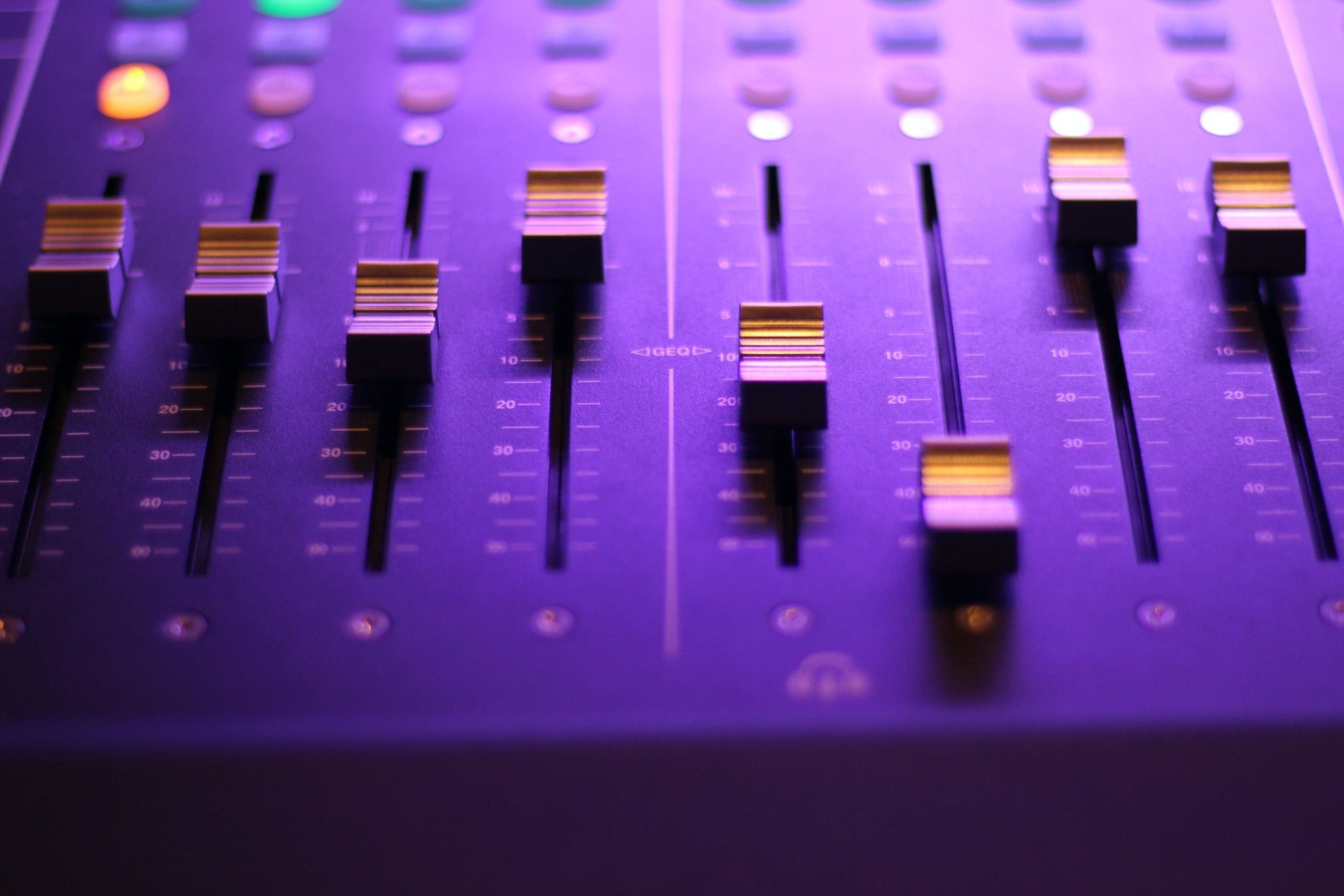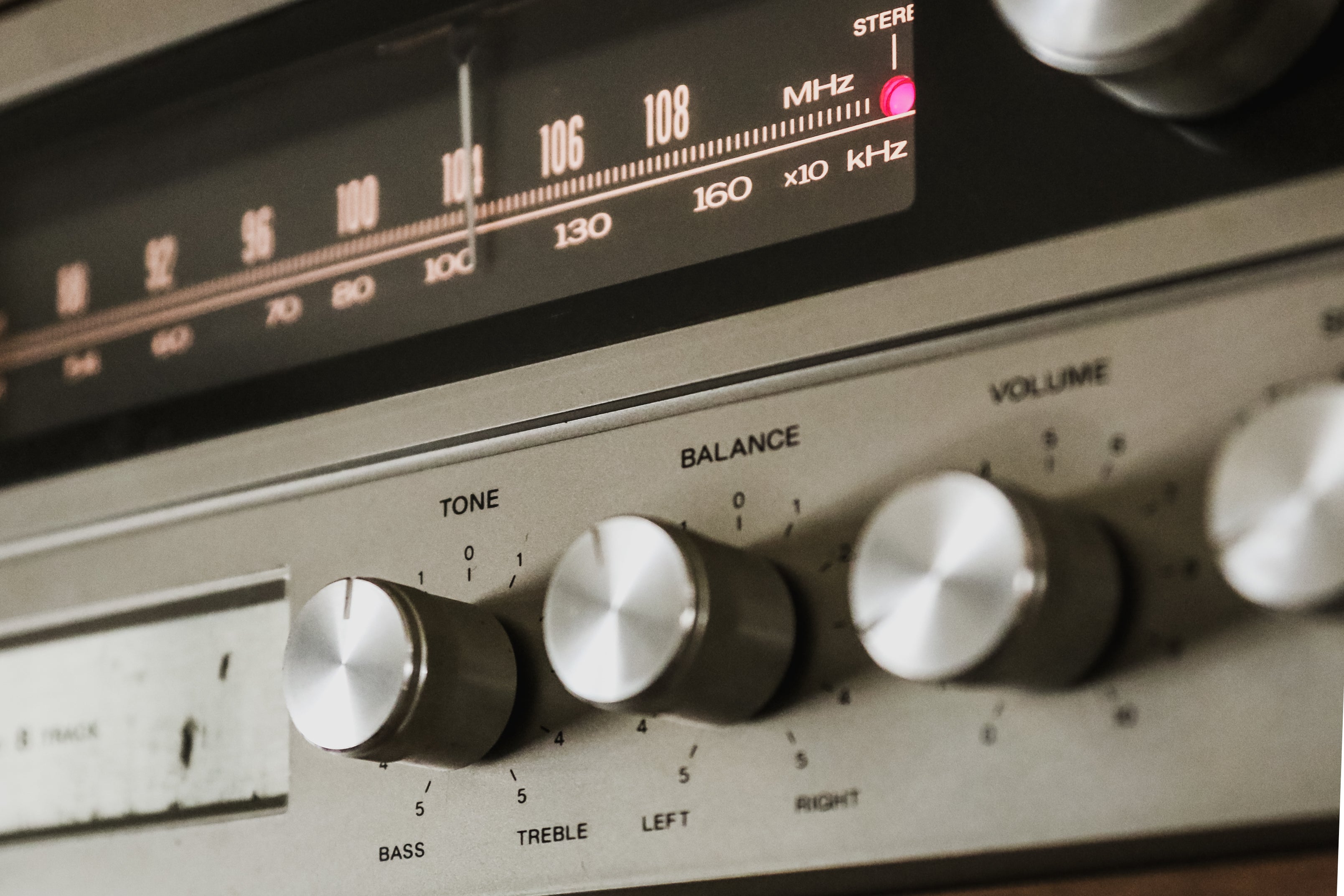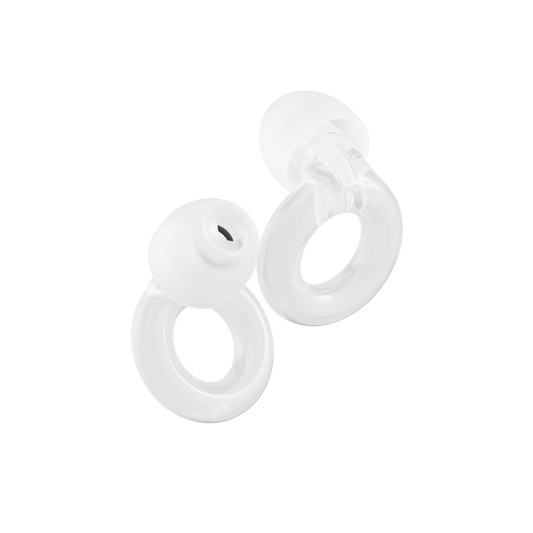Key takeaways
- Decibels (db) are a unit of sound measurement
- The decibel scale starts at 0 db, which measures the quietest audible sound
- Hearing damage can occur when you’re exposed to sounds of 80 db for 8 hours without hearing protection
- Understanding what’s meant when sounds are expressed in decibel levels can help you to better understand what everyday noises could damage your hearing
Decibels. You might know that they’re something to do with sound, but aren’t sure what. Well, we’re here to change that. We’ll answer the all-important questions about decibels, and why you should care.
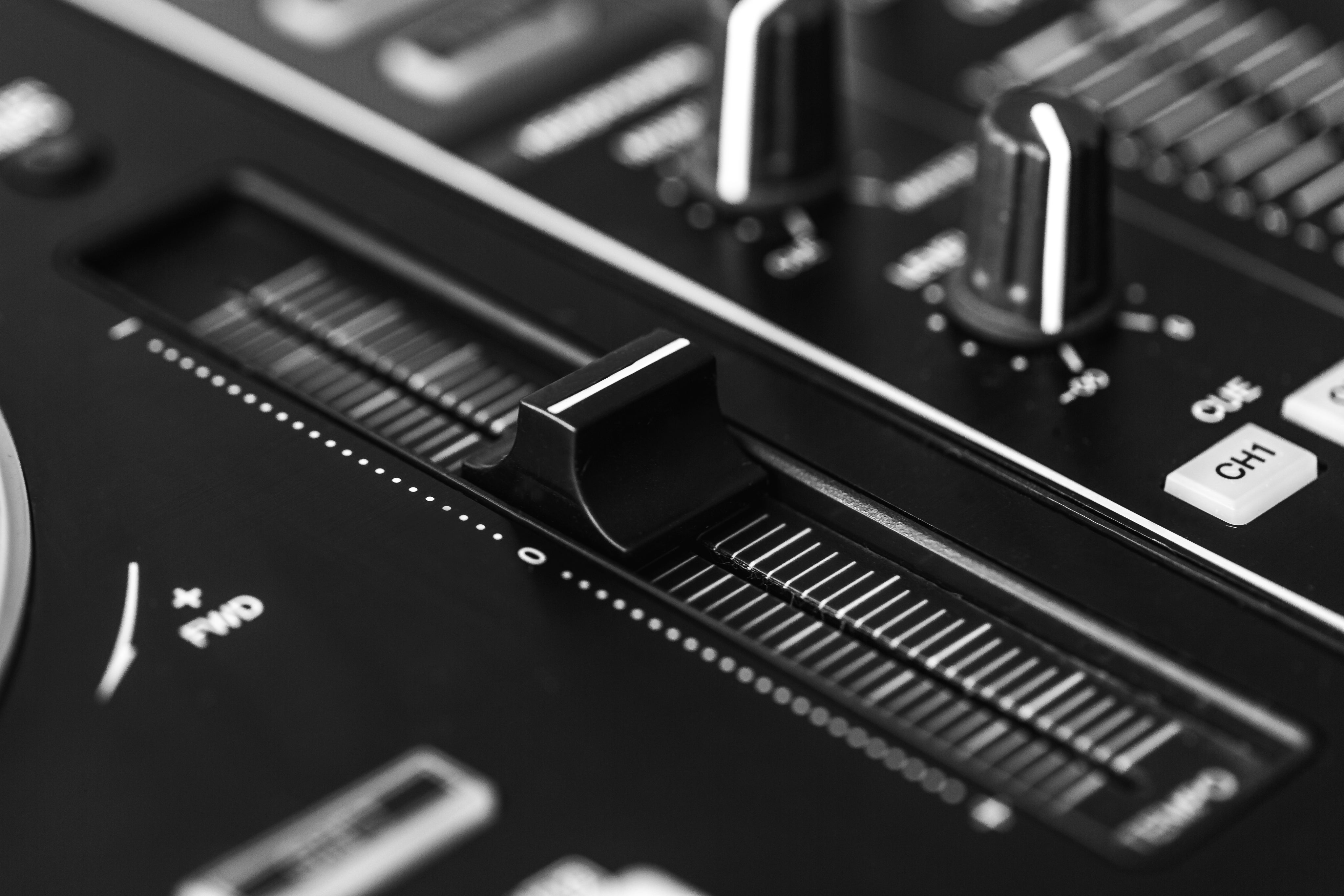
What are decibels?
Let’s start at the very beginning.
A decibel (or db) is the unit used to measure the intensity of sound. The name comes from another unit of measurement called a bel, which was named for the Scottish inventor of the telephone, Alexander Graham Bell. Bels are rarely used as units of measurement, but decibels (one tenth of a bel) have stuck around.
But what is a decibel?
Well, the human ear is extremely sensitive. Think about it. What’s the quietest sound you can hear? Leaves lightly rustling outside? The sound of your fingertips brushing across a tabletop? The beating of your own heart? The sound of another person breathing?
The smallest audible sound is very quiet indeed. But your ears can also hear incredibly loud sounds, like fireworks and jet engines.
There’s a huge difference between the quietest and loudest sounds that are audible to humans. That means we need a way of measuring how loud sounds are, and a way of comparing how loud one sound is versus another.
That’s where decibels come in.
What do decibels measure?
A db is a unit of sound. Specifically, decibels are a measure of sound energy in a confined space. In other words, a decibel measures the intensity of a sound.
If you know that something is 10 decibels, that’s a very quiet sound. But if something is 100 decibels, it’s a very loud sound. Decibels are our way of understanding not only how loud a sound is, but how intense it is.
How is a decibel measured?
Because the human ear can hear such a wide range of sounds, we need a logarithmic scale to measure sounds levels in a more meaningful way.
A logarithmic scale is a way of displaying numerical data over a very wide range of values in a compact way. It’s used when there’s a large number of quantities in question, like with sound.
So, on the decibel scale, the quietest audible sound is 0 db. A sound that’s 10 times more powerful than the smallest audible sound is 10 db. A sound that’s 100 times more powerful than the quietest audible sound is 20 db. And a sound that’s 1000 times more powerful than near total silence is 30 db.
Decibel levels are measured on a decibel scale, which runs from very faint sounds (0 to 30 db) to painfully loud sounds (126+ db).
Why is it important to understand decibels?
If someone tells you that a normal conversation is 65 decibels, but a nightclub is 100 decibels, it doesn’t really mean much to anyone other than audiologists.
That’s why it’s important to have a bit of context around the decibel sound levels at which your hearing can be damaged.
Our decibel chart breaks it down:

That gives you a little more understanding of how damaging loud sounds can be. Nightclubs tend to be around 100 decibels, so you could run the risk of hearing damage if you spend just 30 minutes in one without hearing protection.
And it’s important to note that it’s not just about how loud a sound is. As you can see from the chart, another important factor is how long you’re exposed to noise for. 80 decibels might not sound like much (it’s roughly equivalent to heavy city traffic, which is usually around 85 db), but if you’re forced to listen to it for eight hours without any ear protection, you could damage your hearing.
Another thing to consider is how close you are to a loud noise. Proximity makes a difference. The closer you are to the source of a loud noise, the higher the risk of hearing damage. Ever wondered why so many musicians suffer from tinnitus? It’s because they’re right beside the source of the noise, for many hours at a time.
Hertz vs decibels
Just to confuse things even further, let’s introduce hertz.
Sound can be measured in two different ways: frequency and amplitude.
The more amplitude a sound has, the louder it is. This is measured in decibels, and charted on the decibel scale, as we’ve already looked at.
Sound frequency, on the other hand, is measured in hertz. It’s the number of vibrations of sound waves in a second, which – in simple terms – describes how low or high pitched a sound is. A higher frequency of vibrations is a high pitched sound, and will have a higher number of hertz, while a lower pitched sound has a lower frequency, and is measured as a lower hertz.
Low frequency or low pitch sounds include dogs barking and thunder, while high frequency sounds include bird song, children crying or squealing, and women’s voices.
Some pitches are easier for us to hear than others. High-frequency hearing loss means that people have difficulty hearing high pitched sounds. This type of hearing loss is particularly common as we get older.
The db scale and hearing loss
As we’ve seen above, any sound over 80 decibels can cause hearing loss – and hearing damage can happen based on the intensity of the sound, as well as the length of time someone’s exposed to a sound for.
It’s recommended that you use hearing protection whenever you’re exposed to sounds over 80 db on the decibels scale, no matter how long you’re in close proximity to the sound.
The best way to protect yourself is to use earplugs. With specially designed earplugs like Loop Experience, you don’t need to miss out on any of the fun of festivals, concerts and other events where you might encounter loud noises, like firework displays.
That’s because they’re designed to filter noise rather than muffle it, meaning you get to enjoy the experience with up to 18 db of noise reduction (and an extra 5 db if you opt for the Loop Experience Plus!).
Other ways you can protect your hearing include:
- Limiting your exposure to loud noises, by taking breaks from exposure to loud sounds
- Staying away from the source of loud sounds, like not standing right by the speaker at concerts
- Turning down the volume when you’re listening to music or watching TV
- Avoiding noisy places where possible
Taking an online hearing test to understand whether you’re facing any damage already – if so, get straight to your doctor or audiologist for treatment and advice
10M+ happy customers
Our earplugs
Decibels, demystified
Human hearing is a wonderful and complex thing. We can hear an incredibly varied range of sounds, from faint whispers to loud, immersive events like live concerts.
Decibels allow us to measure the intensity of the sounds we hear. And they help us to understand what level of sound is safe to be exposed to.
The golden rule is to remember hearing protection when you’re exposed to sounds of 80 decibels or higher. That means loud city traffic, noisy restaurants, loud car radios, bars, nightclubs and festivals. So grab your earplugs, take a break from the loud noises every so often, and step away from the source of the loudest noises if you can. You’ll thank us later.

What To Look For In Noise Reduction Earplugs
Unlock expert tips for choosing the perfect noise-reduction earplugs! Discover key features to consider when choosing...

What Is Noise Pollution and How to Mitigate It
Noise pollution is a harmful or annoying level of noise – which can be a subjective measure In the US, acceptable ...
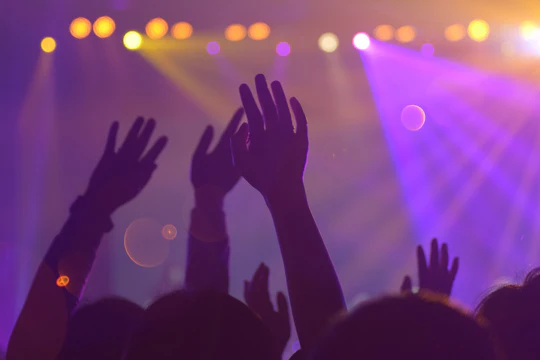
How to stop the ringing in your ears after clubbing
If you're looking for a way to prevent your ears from ringing after clubbing, read our tips on how to prevent this an...












